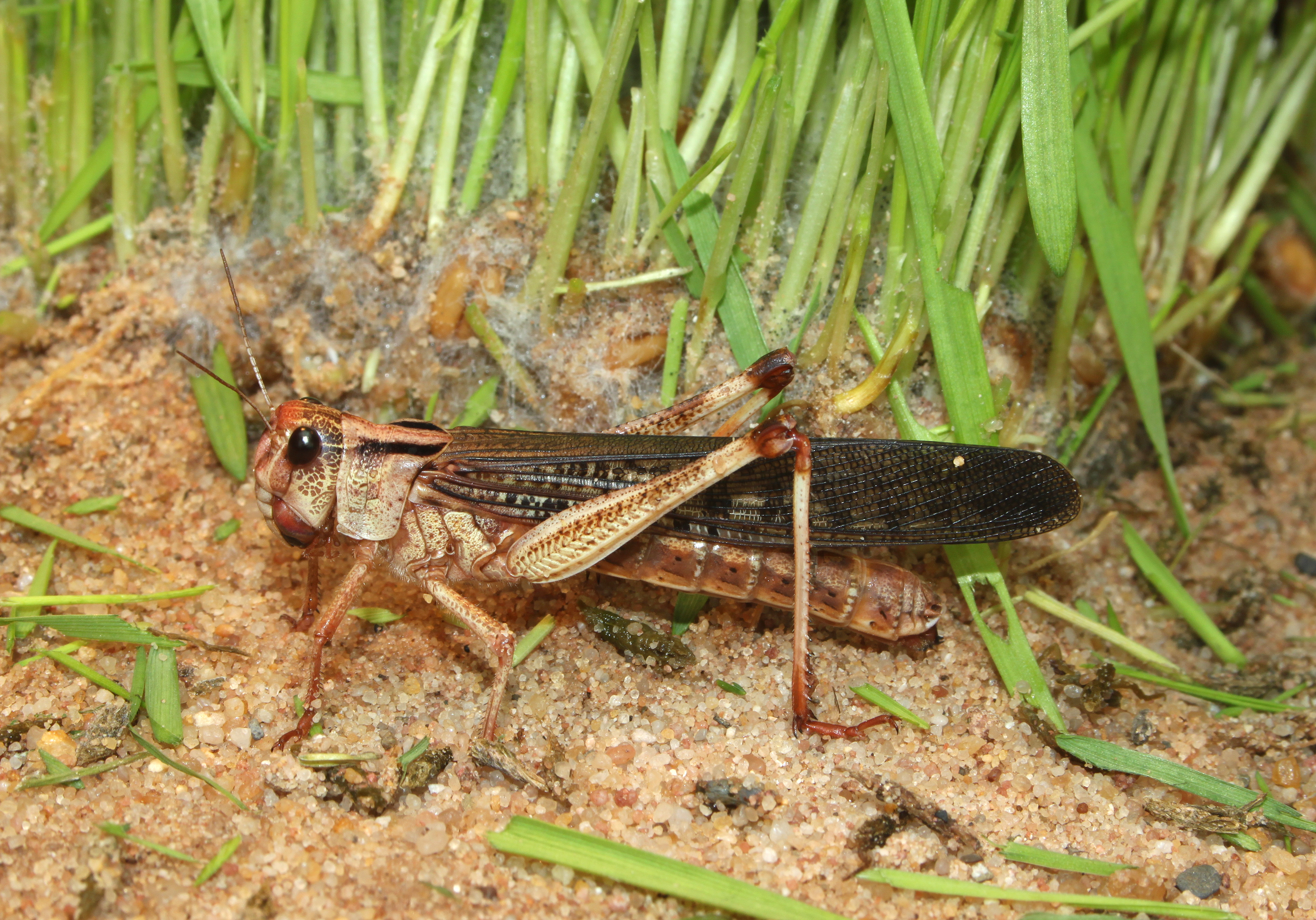- Courses
- GS Full Course 1 Year
- GS Full Course 2 Year
- GS Full Course 3 Year
- GS Full Course Till Selection
- Answer Alpha: Mains 2025 Mentorship
- MEP (Mains Enrichment Programme) Data, Facts
- Essay Target – 150+ Marks
- Online Program
- GS Recorded Course
- Polity
- Geography
- Economy
- Ancient, Medieval and Art & Culture AMAC
- Modern India, Post Independence & World History
- Environment
- Governance
- Science & Technology
- International Relations and Internal Security
- Disaster Management
- Ethics
- NCERT Current Affairs
- Indian Society and Social Issue
- NCERT- Science and Technology
- NCERT - Geography
- NCERT - Ancient History
- NCERT- World History
- NCERT Modern History
- CSAT
- 5 LAYERED ARJUNA Mentorship
- Public Administration Optional
- ABOUT US
- OUR TOPPERS
- TEST SERIES
- FREE STUDY MATERIAL
- VIDEOS
- CONTACT US
What Are Locusts and Why Are They a Concern?
What Are Locusts and Why Are They a Concern?
01-05-2025

- Locusts are a type of short-horned grasshopper known for their ability to migrate over long distances in massive numbers.
- They exhibit polymorphism, meaning they can change their physical appearance and behavior based on environmental conditions.
- Locusts are especially feared for their voracious feeding habits, often consuming large amounts of vegetation in a short time.
- They pose a serious threat to natural ecosystems as well as agricultural crops, causing severe damage during outbreaks.
Locust Swarms and Hopper Bands
- Locusts can form swarms in the adult stage, which travel together in huge numbers across regions.
- In their nymph stage, they gather into hopper bands, moving collectively before reaching adulthood.
- These congregations enable coordinated mass movement, which increases their impact on vegetation and agriculture.
New Scientific Insight: How Do Locusts Move?
- A recent study reveals that locust movement is driven by cognitive decision-making, influenced by how they perceive nearby motion.
- This research suggests that locusts process visual information from their surroundings to decide when and where to move as a group.
- The findings offer a new understanding of locust swarm dynamics, which could help in predicting and controlling future outbreaks.
Locust Species Found in India
India is home to four primary locust species that are known to cause agricultural concern:
- Desert Locust (Schistocerca gregaria) – the most notorious and destructive species.
- Migratory Locust (Locusta migratoria) – known for long-distance seasonal movement.
- Bombay Locust (Nomadacris succincta) – typically found in peninsular regions.
- Tree Locust (Anacridium sp.) – often inhabits forested areas and trees.




